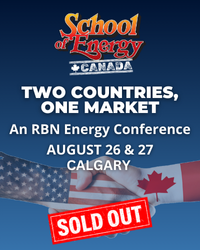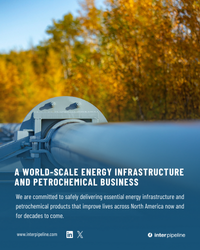On August 25, 2017, Hurricane Harvey made landfall as a Category 4 hurricane near the popular Gulf Coast vacation town of Rockport, TX, just east of Corpus Christi. Harvey was the first major hurricane (Category 3 or higher) to make landfall along the U.S. Gulf Coast since the devastating 2005 hurricane season that included hurricanes Katrina, Rita, and Wilma, and is tied with Hurricane Katrina as the most expensive storm ever to hit the country. Harvey also highlighted just how important the Gulf Coast refining and refined product pipeline infrastructure is to the rest of the U.S. Today, we mark the one-year anniversary of the devastating storm with a three-part series on Gulf Coast refining and pipeline infrastructure, and how a natural disaster along the coast can impact the rest of the country.
The U.S. Gulf Coast (USGC) is home to the largest centralized location of refineries in the U.S. with over 8.4 MMb/d of installed crude distillation capacity between Corpus Christi, TX, and southern Mississippi (Figure 1). To put that in context, the refineries along this 650-mile stretch of coast produce enough to meet about half of total U.S. petroleum product demand. These refineries convert domestic and imported crude oils into refined products that are used for a variety of purposes, including: (1) transportation fuel for personal passenger vehicles (i.e. gasoline and diesel); (2) transportation fuel for commercial purposes (i.e. jet fuel, diesel, and bunker/marine fuel); (3) fuel for home heating (i.e. heating oil); (4) intermediate products for a variety of other petrochemical industries that eventually turn into consumer goods (i.e. plastics, rubber, etc.); (5) asphalt; and (6) lubricants.
Join Backstage Pass to Read Full Article









